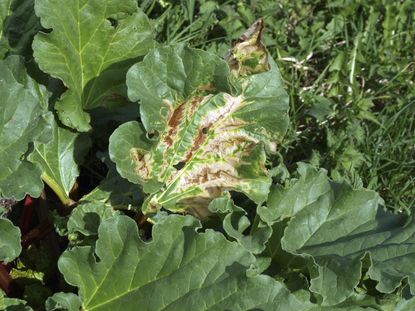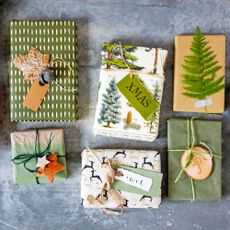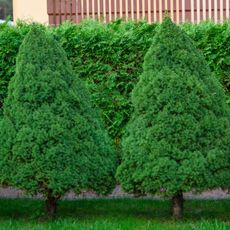Rhubarb Rust Spots: Treating Brown Splotches On Rhubarb

Rhubarb is a cool-weather, perennial vegetable that most people treat as a fruit, using it in sauces and pies. Rhubarb is easy to grow and, for the most part, pest and disease-free. That said, rhubarb is prone to spots on its leaves. What causes rhubarb rust spots and what can be done for rhubarbs that have brown spots? Let’s learn more.
Rhubarb Spots on Leaves
There are a couple of diseases common to rhubarb, which may result in spots on rhubarb leaves. Usually, leaf spots are more of an aesthetic issue and the unsightly spots don’t affect the edibility of the plant. The two most common diseases seen in rhubarb that result in spotted foliage are Ascochyta rei and Ramularia rei.
- Ascochyta leaf spot is first seen as small, greenish-yellow blotches, less than ½ inch (1 cm.) across, on the upper surface of the leaves. Gradually, the blotches develop white centers surrounded by a reddish border further bordered by a grayish-green area. After a few days, the infected areas turn brown, die, and fall out, creating a hole in the stalk which may be confused for insect damage. Ascochyta does not infect stalks, but Ramularia does.
- Ramularia leaf spot appears as small, red dots (rhubarb rust spots) that enlarge to become round lesions of ½ inch (1 cm.) or greater in diameter. The spots become white, then tan with a purple border followed by stalk infection. Stalks develop a white fungus, gradually becoming brown as the tissue dies.
Both of these pathogens produce spores that spread to other plants via wind and splashing water, causing new infections 10 to 14 days later. The spores also remain in any debris left from season to season. Both Ascochyta and Ramulari fungi spread by infected rootstock. Excellent sanitation in the garden is the key to thwarting both of these fungi. Select certified healthy rhubarb and plant it in sunny, well-draining, fertile soil. Keep the area around the plants weed- and debris-free and remove and destroy any leaves that appear diseased. In severe cases of infection, a copper compound may be applied to control the leaf spot. Another disease that may cause spotting is anthracnose stalk rot. Initially, the disease is seen as wilting leaves and large lesions on the stems which enlarge rapidly and turn black. The stalks may become twisted and eventually collapse. As with the previous pathogens, good sanitation practices go a long way to controlling the disease. Remove and dispose of infected foliage or stalks. Also, fertilize the plant as soon as growth appears the next spring and then again as soon as the stalk harvest is over. These diseases are most common in plants that are stressed, so improving their overall health is the key to decreasing the chances of infection.
What Else Causes Brown Splotches on Rhubarb?
While diseases may cause spots on rhubarb, cultural or environmental conditions may be responsible as well. Brown splotches on rhubarb may be the result of pesticide residue, salts, or a combination of both. These may begin as yellow patches seen upon the leaves, gradually becoming reddish brown. Also, if your rhubarb has brown spots, the culprit may just be a healthy-growing rhubarb. Yes, that is correct. Rhubarb needs to be divided every so often; ten years is the maximum amount of time a rhubarb patch should go undivided. I’m not saying an undivided patch will die, just that a divided patch will flourish and thrive over an undivided one. It is possible that if you have rhubarb spots on leaves, all you need to do is dig them up and divide them.
Gardening tips, videos, info and more delivered right to your inbox!
Sign up for the Gardening Know How newsletter today and receive a free download of our DIY eBook "Bring Your Garden Indoors: 13 DIY Projects For Fall And Winter".

Amy Grant has been gardening for 30 years and writing for 15. A professional chef and caterer, Amy's area of expertise is culinary gardening.
-
 The Best Gifts For Gardeners: 25 Thoughtful Ideas To Delight For Christmas 2024
The Best Gifts For Gardeners: 25 Thoughtful Ideas To Delight For Christmas 2024Treat that special gardener in your life to a gift they'll cherish over the holiday season and for many years to come, with our expertly curated selection.
By Melanie Griffiths
-
 Try These 5 Types Of Spruce Trees – Easy Ways To Add Evergreen Beauty To Every Garden
Try These 5 Types Of Spruce Trees – Easy Ways To Add Evergreen Beauty To Every GardenYou might not have the largest yard or plot, but that doesn’t mean you can’t grow the mighty spruce. These 5 types of spruce trees are very adaptable to different spaces
By Teo Spengler